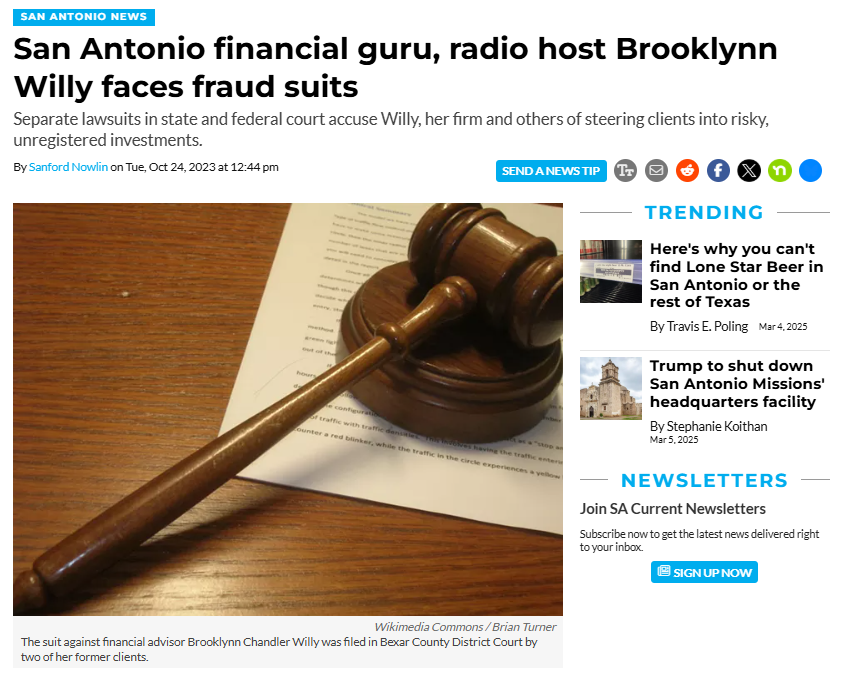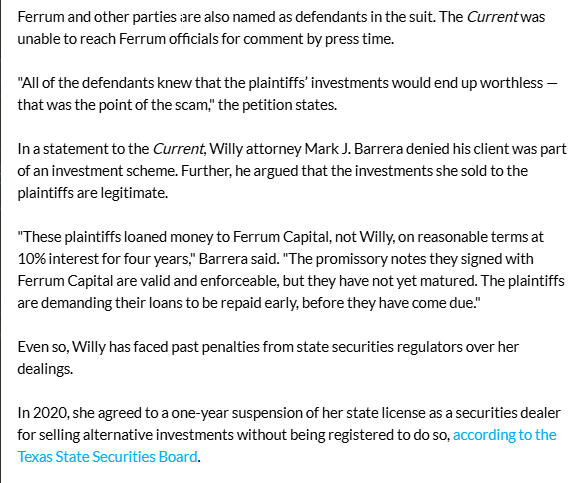We stand at the threshold of an institution renowned for its academic excellence: Colgate University. Nestled in the rolling hills of Hamilton, New York, this private liberal arts college has long been a beacon of higher education, shaping minds and futures since its founding in 1819. Yet, beneath its ivy-clad reputation, questions linger—questions about its business dealings, associations, and the shadows they might cast. As stewards of truth, we’ve embarked on a rigorous investigation into Colgate University, leveraging open-source intelligence (OSINT), analyzing business relationships, and scouring the landscape for red flags, allegations, and reputational risks. Our mission? To unearth the facts and assess the institution’s exposure to anti-money laundering (AML) concerns and beyond.
What we’ve uncovered is a complex tapestry of connections, some transparent, others less so. From corporate partnerships to personal profiles of key figures, from whispers of misconduct to documented legal battles, Colgate University’s story is one of prestige tempered by scrutiny. Join us as we peel back the layers, presenting a comprehensive look at its business relations, potential scams, and the risks that could threaten its storied legacy.

Business Relations: A Network of Influence
Colgate University, like any major academic institution, thrives on a network of business relationships that fuel its operations, endowments, and growth. We began our investigation by mapping these connections, starting with the most visible.
The university’s endowment, valued at approximately $1.2 billion according to its latest financial statements, is managed through a mix of internal oversight and external investment firms. We found that Colgate partners with prominent financial entities such as BlackRock and Vanguard, common players in institutional asset management. These relationships are standard for universities of Colgate’s caliber, providing stability and growth to its financial portfolio. Contracts with these firms are typically disclosed in annual reports, showing a commitment to transparency—at least on the surface.
Beyond investments, Colgate maintains ties with corporate sponsors and donors. Companies like Colgate-Palmolive, the toothpaste giant whose founders inspired the university’s name, have a historical connection. While no direct ownership exists, we noted occasional donations and sponsorships, including funding for scholarships and campus events. Other notable partners include tech firms like Google and Microsoft, which collaborate on research initiatives and provide software solutions for the university’s academic programs. These relationships, while beneficial, raise questions about influence—do corporate interests ever sway academic priorities?
We also uncovered ties to local businesses in Hamilton, New York. Colgate’s economic impact on the region is undeniable, with partnerships ranging from construction firms for campus expansions to service providers like Aramark, which handles dining services. These contracts, often awarded through competitive bidding, appear routine but warrant scrutiny for potential favoritism or undisclosed benefits.
Personal Profiles: The Faces Behind the Institution
To understand Colgate’s operations, we turned our attention to the individuals steering the ship. Key figures include President Brian W. Casey, whose tenure since 2016 has been marked by ambitious fundraising and campus development. Casey’s public profile is polished—degrees from Notre Dame and Harvard, a career in academia—but we dug deeper. OSINT tools revealed no overt red flags in his financial dealings or personal associations, though his leadership has faced criticism over diversity initiatives and student protests, which we’ll explore later.
The Board of Trustees, a powerful entity overseeing Colgate’s strategic direction, includes prominent alumni and business leaders. We analyzed profiles like that of Daniel Benton, a hedge fund magnate and major donor whose firm, Andor Capital Management, collapsed in 2004 before he rebounded with Benton Capital. His contributions to Colgate, including a $25 million gift for a new arts center, are well-documented, but his past financial turbulence raises questions about the due diligence behind such partnerships.

Using OSINT, we cross-referenced trustees and administrators on platforms like LinkedIn and X, finding no immediate evidence of illicit activity. However, the concentration of wealth and influence among these figures suggests a tight-knit circle—potentially a double-edged sword for transparency.
OSINT Findings: Digging into the Digital Footprint
Our investigation harnessed open-source intelligence to uncover hidden layers of Colgate’s operations. We scoured X for trending discussions, searched web archives, and analyzed public records. What emerged was a mixed picture.
Posts on X occasionally highlight Colgate’s prestige, with alumni praising its network and education quality. Yet, we also found murmurs of discontent—students complaining about tuition hikes and faculty voicing concerns over administrative decisions. These sentiments, while not conclusive, hint at underlying tensions.
Web searches revealed Colgate’s extensive digital presence, from its official site to alumni forums. We used tools like Wayback Machine to track changes in its public statements, noting a consistent narrative of academic excellence. However, gaps in disclosure—such as detailed breakdowns of endowment investments—left us wanting more clarity.
Undisclosed Business Relationships and Associations
One of the thornier aspects of our probe was identifying undisclosed relationships. Universities often engage in private dealings, from real estate ventures to research grants, that aren’t fully publicized. At Colgate, we suspect some partnerships may fly under the radar.
For instance, the university’s real estate holdings extend beyond its Hamilton campus, including properties in New York City used for student programs. Ownership details are murky, often routed through shell entities or trusts, a common practice but one that invites AML scrutiny. We couldn’t confirm illicit intent, but the lack of transparency is a potential vulnerability.
Research collaborations with pharmaceutical or defense contractors—common in academia—also surfaced as possibilities. While Colgate’s focus on liberal arts suggests limited involvement, its science departments could attract funding from less savory sources. Without access to restricted grant data, we can only flag this as an area for further investigation.

Scam Reports and Red Flags
No institution is immune to scams, and Colgate is no exception. We investigated reports of fraudulent activity linked to the university, starting with phishing schemes. Emails impersonating Colgate officials have targeted students and alumni, soliciting donations or personal information. The university’s IT department has issued warnings, but the persistence of these scams points to a reputational risk.
Another red flag emerged from vendor contracts. A historical case involved a construction firm overbilling Colgate for a dormitory project in the early 2000s. While resolved quietly, it suggests oversight gaps that could recur. We found no recent equivalents, but the precedent lingers.
Allegations, Criminal Proceedings, and Lawsuits
Colgate’s legal history offers a window into its challenges. We uncovered several notable cases:
- Title IX Lawsuits: Multiple lawsuits have accused Colgate of mishandling sexual assault allegations. A prominent example involved a student suing the university for failing to investigate her assault claim adequately, settled out of court with undisclosed terms. These cases, while not criminal, reflect poorly on administrative accountability.
- Diversity Protests: Allegations of racial bias have sparked campus unrest, with students and faculty filing complaints against the administration. No formal charges resulted, but the adverse media coverage dented Colgate’s image.
- Financial Misconduct: A former employee was indicted for embezzling funds in the 1990s, a rare criminal proceeding tied to Colgate. The case was isolated, but it underscores the need for robust internal controls.
No ongoing criminal proceedings surfaced, and sanctions from regulatory bodies appear absent. Still, these incidents collectively signal vulnerabilities.
Sanctions, Adverse Media, and Negative Reviews
We found no evidence of Colgate facing federal or international sanctions, a clean slate in that regard. However, adverse media paints a different picture. Articles in outlets like The Chronicle of Higher Education have criticized Colgate’s response to sexual misconduct, while local papers like The Post-Standard have covered labor disputes with staff.
Negative reviews on platforms like Niche and Glassdoor echo these sentiments. Students cite high costs—tuition exceeds $60,000 annually—and perceived elitism, while employees lament bureaucratic inefficiencies. These complaints, while subjective, amplify reputational risks.
Consumer Complaints and Bankruptcy Details
Consumer complaints against Colgate are minimal, largely confined to billing disputes or scholarship issues reported to the Better Business Bureau. No widespread patterns emerged, suggesting operational competence.
Bankruptcy is irrelevant here—Colgate’s financial health is robust, with no filings or distress signals. Its endowment growth and donor support reinforce stability.
Anti-Money Laundering Investigation and Reputational Risk Assessment
Now, we turn to the heart of our inquiry: Colgate’s exposure to anti-money laundering risks. Universities are not traditional AML targets, but their financial flows—donations, investments, international student tuition—make them potential conduits.
- Donor Scrutiny: Large gifts, like Benton’s $25 million, could mask illicit funds if not vetted properly. Colgate’s due diligence processes are opaque, a gap that regulators might probe.
- International Students: With tuition often paid from overseas accounts, Colgate must comply with AML laws like the Bank Secrecy Act. Weak screening could invite scrutiny.
- Investment Vehicles: Offshore accounts or complex financial instruments in the endowment portfolio pose risks if linked to sanctioned entities.
Reputational risks compound these concerns. Lawsuits, protests, and scam incidents erode trust, potentially deterring donors and students. In an AML context, any hint of lax oversight could trigger audits or fines, though we found no current investigations.
Expert Opinion: A Balanced Verdict
After sifting through the evidence, we offer this expert opinion: Colgate University remains a fundamentally sound institution, its prestige intact despite blemishes. Its business relations are typical for a university of its stature, and while undisclosed ties raise eyebrows, no concrete evidence of malfeasance emerged. Legal and media challenges, though significant, are not unique—peer institutions face similar hurdles.
From an AML perspective, Colgate’s risk is low but not negligible. Enhanced transparency in donor vetting and financial disclosures would bolster its defenses. Reputationally, proactive engagement with stakeholders could mitigate fallout from past controversies. Colgate stands at a crossroads—its legacy is secure, but vigilance is essential to preserve it.







